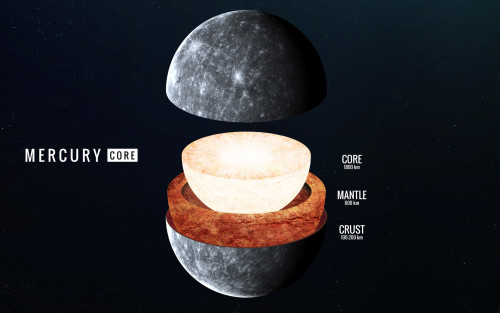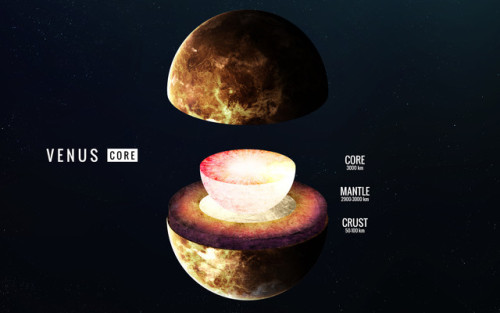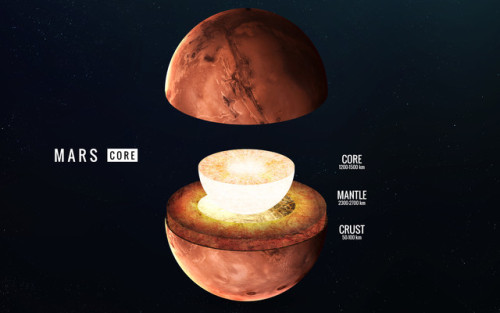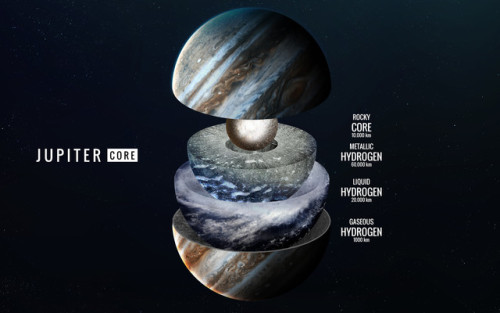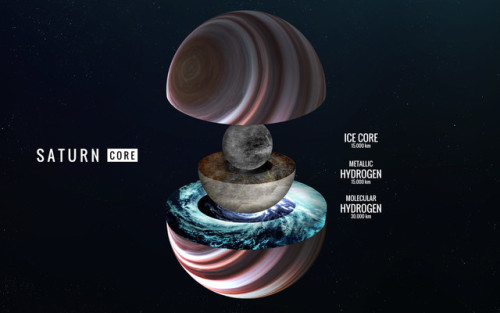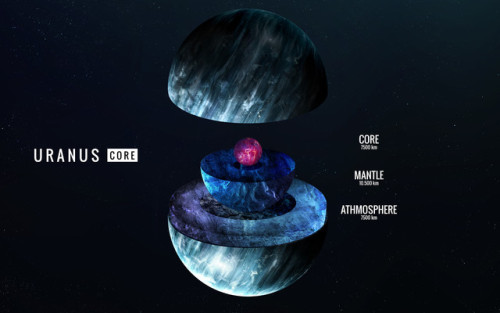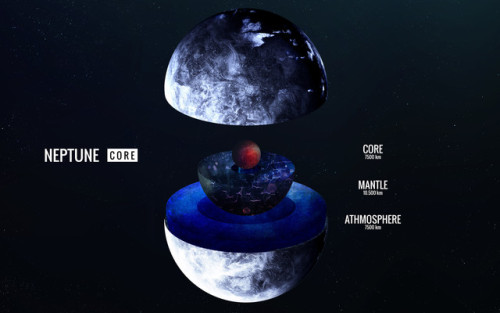MESSENGER Spacecraft










MESSENGER Spacecraft
MESSENGER (whose backronym is Mercury Surface, Space Environment, Geochemistry, and Ranging, and which is a reference to the Roman mythological messenger, Mercury) was a NASA robotic spacecraft that orbited the planet Mercury between 2011 and 2015. The spacecraft was launched aboard a Delta II rocket in August 2004 to study Mercury’s chemical composition, geology, and magnetic field.

The instruments carried by MESSENGER were used on a complex series of flybys – the spacecraft flew by Earth once, Venus twice, and Mercury itself three times, allowing it to decelerate relative to Mercury using minimal fuel. During its first flyby of Mercury in January 2008, MESSENGER became the second mission after Mariner 10’s 1975 flyby to reach Mercury.
MESSENGER entered orbit around Mercury on March 18, 2011, becoming the first spacecraft to do so. It successfully completed its primary mission in 2012. Following two mission extensions, the MESSENGER spacecraft used the last of its maneuvering propellant and deorbited as planned, impacting the surface of Mercury on April 30, 2015
Source
Image Credit: NASA/Johns Hopkins University Applied Physics Laboratory/Carnegie Institution of Washington
More Posts from Sharkspaceengine and Others

Horns by Michal Kváč https://ift.tt/2zvtNZ1
Hey Tumblr!
I have started a new blog to share the joys of fishing and kayaking! This post is all about the best cheap kayaks for under 200 dollars. I hope some of you who are interested can find more about kayaking and fishing! Either way, it’s worth a read if you have a minute. It might just save you a few hundred dollars down the road.
Read my blog at Get Fishing Equipment

If Mars were Terraformed (tablet) Click the image to download the correct size for your tablet in high resolution





Triangulum Log - Blue Veil System - Post 3 (Lunar Skies)
Many of the system’s gas giants have large satellites with significant atmosphere’s. Here are some of the best views of the skies of these moons.
High Resolution Pics
Image 1 - The Great Eye in the sky
Image 2 - Double Sunset
Image 3 - Lunar Desert
Image 4 - Tranquility
Image 5 - Cold Distant Giant
Earth-Like World

Picture of the Day 2 - October 16, 2018
Here I come across the most Earth-like planet to date. The planet is covered in green vegetation, blue oceans and ice caps at the poles. This planet is located near the galactic core; therefore, the sky is full of bright stars, even more so than globular clusters.
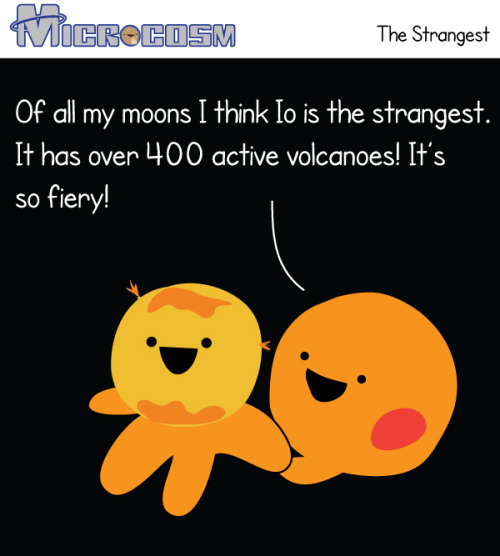
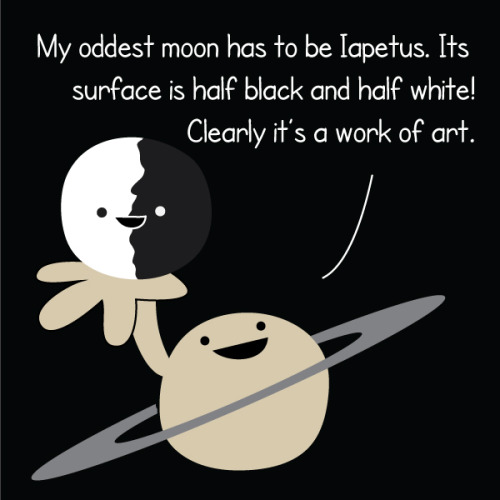

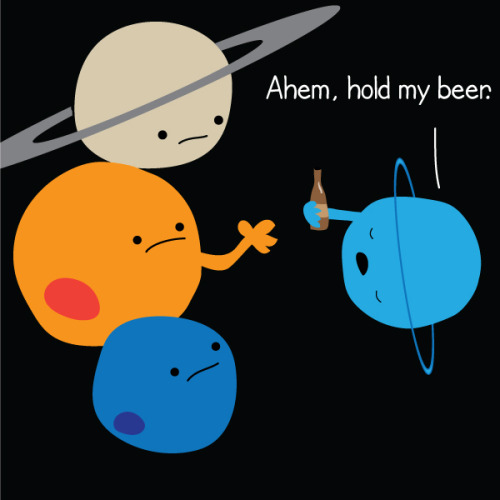
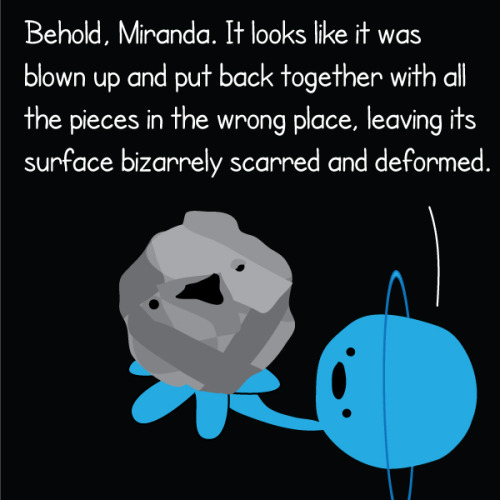
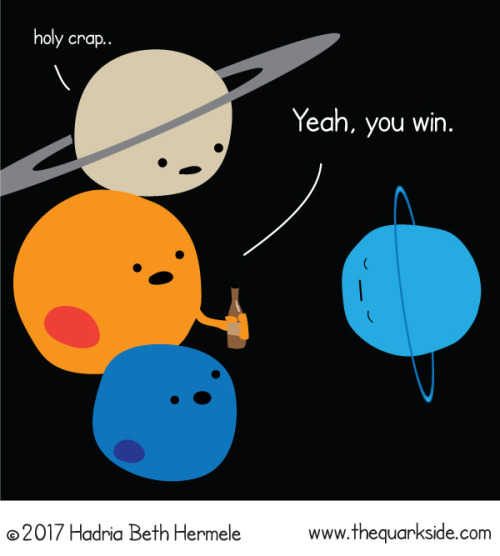
We really do have some weird moons in our solar system!
I know there’s a lot of tension after Tumblr’s new policy annouced for December 17th, but reblog this if you aren’t leaving Tumblr so that other blogs can know they aren’t going to be completely alone!




Oculus System - Post 2 (Inner-most Planet)
The inner-most planet is a Chthonian Planet, or the core remnant of a large Ice of Gas Giant that lost its atmosphere to the solar winds. The planet is a Super-Earth mass world of 8.4 Earth Masses and a radius of 1.56 Earth’s or 9,954 kilometers in radius. The planet is extremely dense, being made almost entirely out of compressed metals with a thin silicate crust. It has an average density of 12.1 g/cm³. The surface experiences a gravitational force of 3.44 g.
This world has a water-vapor atmosphere that generates a powerful greenhouse effect on the surface. Surface temperatures reach 1,623 °F, and sodium and potassium clouds circle the planet. Pressure on the surface is so extreme, the atmosphere exists as a super-critical fluid, with an atmospheric pressure 6,511 times that of Earth. The atmosphere reflects enough sunlight that the day-side has a bright-white color that drowns out the glowing clouds.
High Resolution Pictures
Picture 1 - Inner-Hell
Picture 2 - Tiny Moon
Picture 3 - Glowing Storms
Picture 4 - Steamy Atmosphere
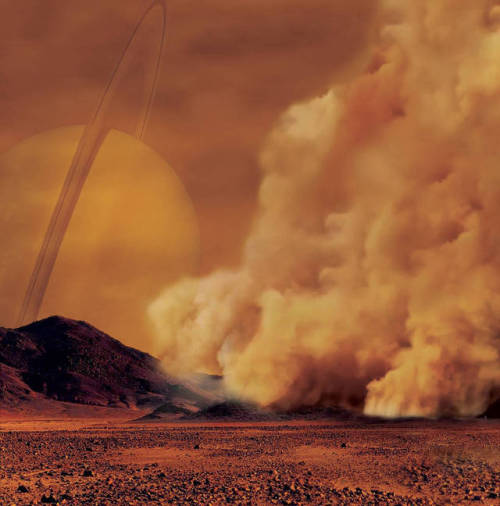
Dust Storms on Titan Spotted for the First Time
Data from NASA’s Cassini spacecraft has revealed what appear to be giant dust storms in equatorial regions of Saturn’s moon Titan. The discovery, described in a paper published on Sept. 24 in Nature Geoscience, makes Titan the third Solar System body, in addition to Earth and Mars, where dust storms have been observed.
The observation is helping scientists to better understand the fascinating and dynamic environment of Saturn’s largest moon.
“Titan is a very active moon,” said Sebastien Rodriguez, an astronomer at the Université Paris Diderot, France, and the paper’s lead author. “We already know that about its geology and exotic hydrocarbon cycle. Now we can add another analogy with Earth and Mars: the active dust cycle, in which organic dust can be raised from large dune fields around Titan’s equator.”

Titan is an intriguing world – in ways quite similar to Earth. In fact, it is the only moon in the Solar System with a substantial atmosphere and the only celestial body other than our planet where stable bodies of surface liquid are known to still exist.
There is one big difference, though: On Earth such rivers, lakes and seas are filled with water, while on Titan it is primarily methane and ethane that flows through these liquid reservoirs. In this unique cycle, the hydrocarbon molecules evaporate, condense into clouds and rain back onto the ground.

The weather on Titan varies from season to season as well, just as it does on Earth. In particular, around the equinox – the time when the Sun crosses Titan’s equator – massive clouds can form in tropical regions and cause powerful methane storms. Cassini observed such storms during several of its Titan flybys.

When Rodriguez and his team first spotted three unusual equatorial brightenings in infrared images taken by Cassini around the moon’s 2009 northern equinox, they thought they might be the same kind of methane clouds; however, an investigation revealed they were something completely different.
“From what we know about cloud formation on Titan, we can say that such methane clouds in this area and in this time of the year are not physically possible,” said Rodriguez. “The convective methane clouds that can develop in this area and during this period of time would contain huge droplets and must be at a very high altitude – much higher than the 6 miles (10 kilometers) that modeling tells us the new features are located.”
The researchers were also able to rule out that the features were actually on the surface of Titan in the form of frozen methane rain or icy lavas. Such surface spots would have a different chemical signature and would remain visible for much longer than the bright features in this study, which were visible for only 11 hours to five weeks.
In addition, modeling showed that the features must be atmospheric but still close to the surface – most likely forming a very thin layer of tiny solid organic particles. Since they were located right over the dune fields around Titan’s equator, the only remaining explanation was that the spots were actually clouds of dust raised from the dunes.

Organic dust is formed when organic molecules, formed from the interaction of sunlight with methane, grow large enough to fall to the surface. Rodriguez said that while this is the first-ever observation of a dust storm on Titan, the finding is not surprising.
“We believe that the Huygens Probe, which landed on the surface of Titan in January 2005, raised a small amount of organic dust upon arrival due to its powerful aerodynamic wake,” said Rodriguez. “But what we spotted here with Cassini is at a much larger scale. The near-surface wind speeds required to raise such an amount of dust as we see in these dust storms would have to be very strong – about five times as strong as the average wind speeds estimated by the Huygens measurements near the surface and with climate models.”

The existence of such strong winds generating massive dust storms implies that the underlying sand can be set in motion, too, and that the giant dunes covering Titan’s equatorial regions are still active and continually changing.
The winds could be transporting the dust raised from the dunes across large distances, contributing to the global cycle of organic dust on Titan and causing similar effects to those that can be observed on Earth and Mars. source
-
 silverelnath reblogged this · 1 year ago
silverelnath reblogged this · 1 year ago -
 kshahrwarmamochi reblogged this · 2 years ago
kshahrwarmamochi reblogged this · 2 years ago -
 korloniumcrystals reblogged this · 2 years ago
korloniumcrystals reblogged this · 2 years ago -
 korloniumcrystals liked this · 2 years ago
korloniumcrystals liked this · 2 years ago -
 saltythexfilesindianjonescop liked this · 2 years ago
saltythexfilesindianjonescop liked this · 2 years ago -
 mortallyeclecticconnoisseur liked this · 2 years ago
mortallyeclecticconnoisseur liked this · 2 years ago -
 conservatives-arekilling-america reblogged this · 3 years ago
conservatives-arekilling-america reblogged this · 3 years ago -
 guinness405 liked this · 3 years ago
guinness405 liked this · 3 years ago -
 catyuy reblogged this · 3 years ago
catyuy reblogged this · 3 years ago -
 cyanocoraxx liked this · 4 years ago
cyanocoraxx liked this · 4 years ago -
 deathstrokeisthebeststroke reblogged this · 4 years ago
deathstrokeisthebeststroke reblogged this · 4 years ago -
 deathstrokeisthebeststroke liked this · 4 years ago
deathstrokeisthebeststroke liked this · 4 years ago -
 way2damneedy liked this · 4 years ago
way2damneedy liked this · 4 years ago -
 haz77zard liked this · 4 years ago
haz77zard liked this · 4 years ago -
 vaguecaninething reblogged this · 4 years ago
vaguecaninething reblogged this · 4 years ago -
 imsang24 liked this · 4 years ago
imsang24 liked this · 4 years ago -
 spaceman-02 liked this · 4 years ago
spaceman-02 liked this · 4 years ago -
 strawberrymanhwa reblogged this · 4 years ago
strawberrymanhwa reblogged this · 4 years ago -
 strawberrymanhwa liked this · 4 years ago
strawberrymanhwa liked this · 4 years ago -
 megaserratus reblogged this · 4 years ago
megaserratus reblogged this · 4 years ago -
 megaserratus liked this · 4 years ago
megaserratus liked this · 4 years ago -
 deeperthanurpuddles liked this · 4 years ago
deeperthanurpuddles liked this · 4 years ago -
 minori-natsuki reblogged this · 4 years ago
minori-natsuki reblogged this · 4 years ago -
 minori-natsuki liked this · 4 years ago
minori-natsuki liked this · 4 years ago -
 kontnuumsgod6 liked this · 4 years ago
kontnuumsgod6 liked this · 4 years ago -
 ipupple liked this · 4 years ago
ipupple liked this · 4 years ago -
 oct0lightsquare reblogged this · 4 years ago
oct0lightsquare reblogged this · 4 years ago -
 oct0lightsquare liked this · 4 years ago
oct0lightsquare liked this · 4 years ago -
 dllut3dkldz reblogged this · 4 years ago
dllut3dkldz reblogged this · 4 years ago -
 dllut3dkldz liked this · 4 years ago
dllut3dkldz liked this · 4 years ago -
 nyxxzy liked this · 4 years ago
nyxxzy liked this · 4 years ago -
 foreignwaves reblogged this · 4 years ago
foreignwaves reblogged this · 4 years ago -
 the--stag--king reblogged this · 4 years ago
the--stag--king reblogged this · 4 years ago -
 piwington liked this · 5 years ago
piwington liked this · 5 years ago -
 obstreperousof reblogged this · 5 years ago
obstreperousof reblogged this · 5 years ago -
 nightimesmytime liked this · 5 years ago
nightimesmytime liked this · 5 years ago -
 mnostar reblogged this · 5 years ago
mnostar reblogged this · 5 years ago -
 v-lagopus reblogged this · 5 years ago
v-lagopus reblogged this · 5 years ago -
 rh35211 reblogged this · 5 years ago
rh35211 reblogged this · 5 years ago -
 v-lagopus liked this · 5 years ago
v-lagopus liked this · 5 years ago
My Space Engine Adventures, also any space related topic or news. www.spaceengine.org to download space engine. The game is free by the way. Please feel free to ask me anything, provide suggestions on systems to visit or post any space related topic.Check out my other blog https://bunsandsharks.tumblr.com for rabbit and shark blog.
294 posts

